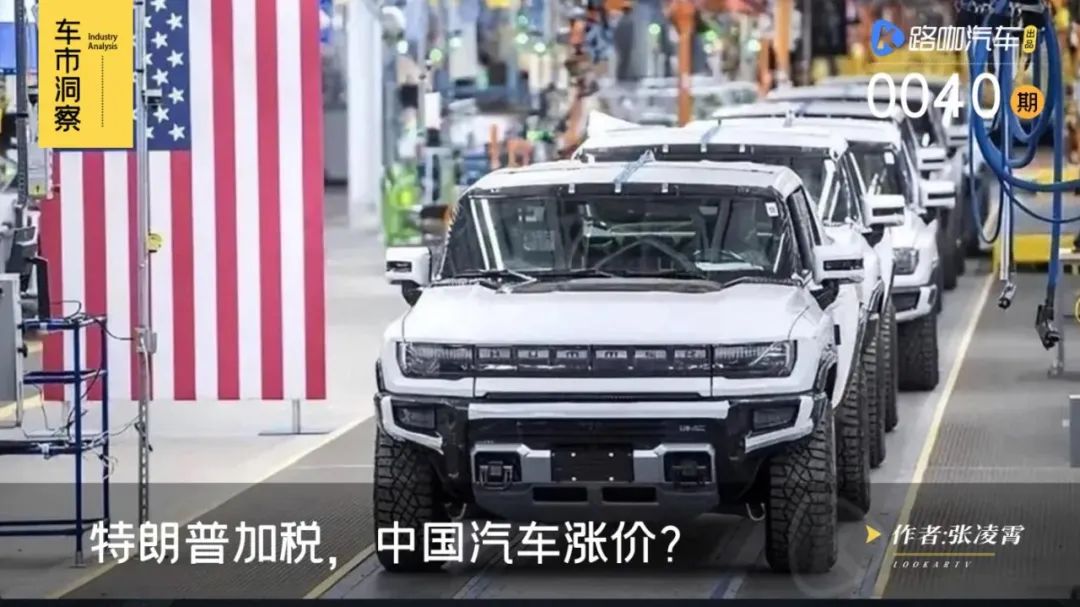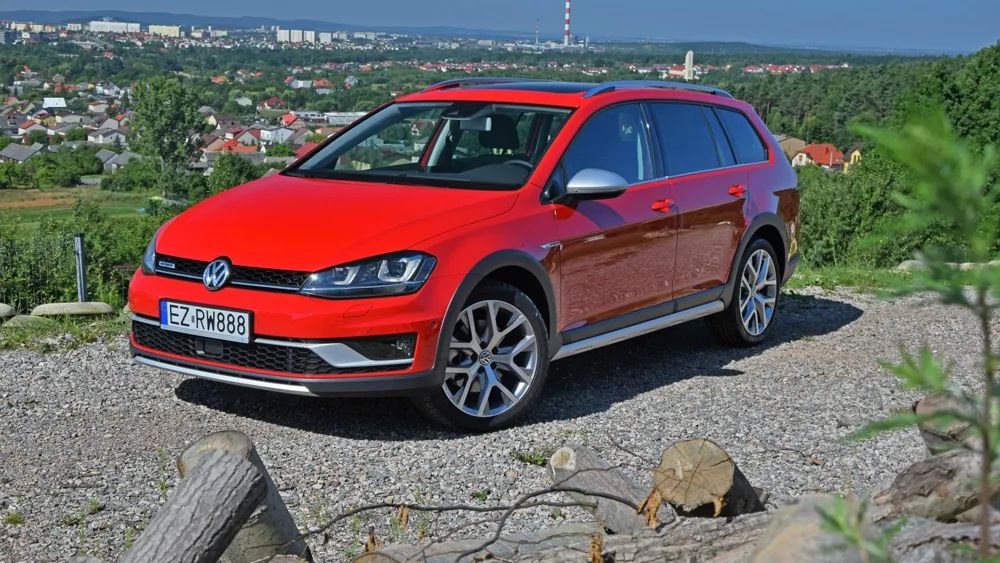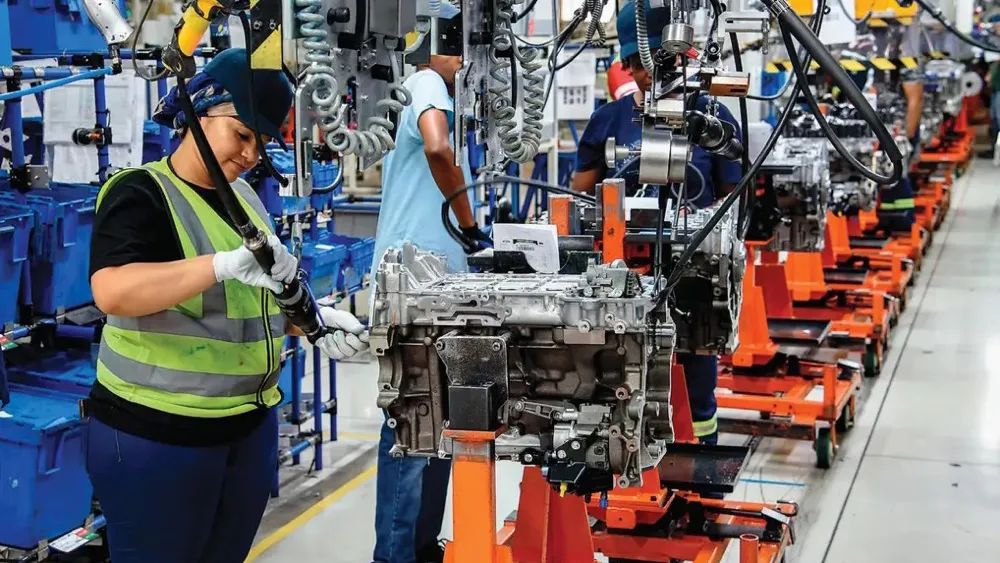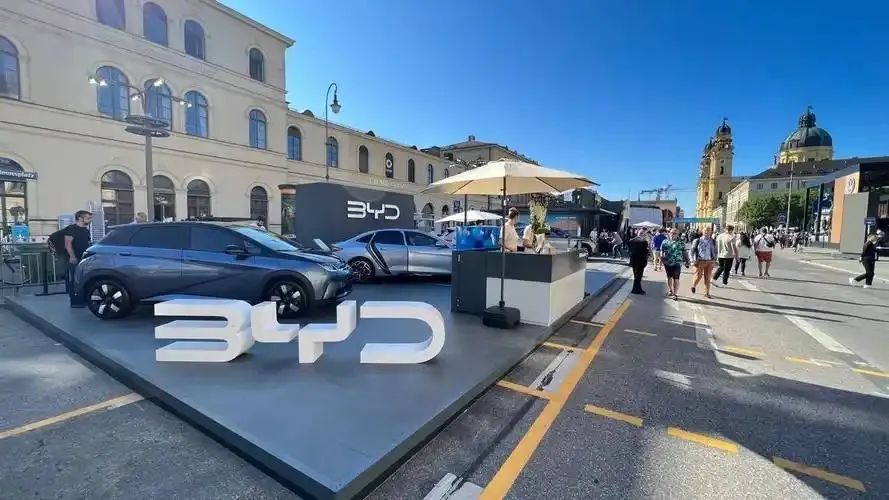Trump's Tariff Hike: Will Chinese Cars Face a Price Surge?
![]() 04/07 2025
04/07 2025
![]() 558
558

On April 2, 2025, local time, US President Trump announced the long-anticipated "Reciprocal Tariff" plan in the global market. Moments before, he signed an executive order at the White House, imposing a 25% tariff on all imported cars, effective immediately.
The latest White House statement clarified that certain goods, such as steel, aluminum products, automobiles, and auto parts, would be exempt from these "Reciprocal Tariffs." However, Trump reserved the right to impose additional "punitive tariffs" on top of the tariff increase. This practice is not unprecedented; during the Obama administration, the US imposed a three-year punitive tariff on Chinese tires, starting at 35% in the first year.
Trump's tariff policy sent shockwaves through global capital markets. On April 3, numerous leading overseas stocks in the A-share market plummeted. Domestic tire brand Sailun Tire, heavily involved in imports and exports, saw its share price hit the daily limit.

The automotive industry is deeply intertwined with global supply chains. Despite Trump's claim that the tariff policy aims to achieve "trade balance" and "manufacturing return," the tariff stick first harmed Wall Street and American entrepreneurs. Elon Musk noted that tariffs increase parts costs, significantly impacting Tesla.
Following the announcement of the US tariff policy, a Ministry of Commerce spokesperson stated at a press conference on April 3 that China and the European Union had agreed to resume negotiations on the anti-subsidy case of electric vehicles as soon as possible. In October 2024, the European Commission announced a final ruling on the anti-subsidy investigation of Chinese electric vehicles, imposing a final anti-subsidy tax on electric vehicles (BEV) imported from China for five years, with tax rates ranging from 17.8% to 45.3%.
With Trump's tariff stick pointing towards the European Union, China and the European Union may now have more room for negotiation on electric vehicles.
Trump's tariff hike hurts the US first
Major US automobile importers such as the European Union, Japan, Canada, and Mexico could not remain passive. European Commission President Von Der Leyen stated regarding the new US tariff policy that Europe was preparing countermeasures if negotiations failed, to protect European interests and businesses.
In response to the US import car tax, Volkswagen plans to increase import fees on cars shipped to the US and temporarily suspend railway transportation of vehicles from Mexico, retaining vehicles shipped from Europe at ports. Affected models include ID. Buzz vans and Golf hatchbacks from Europe, as well as Tiguan, TAOS SUVs, and Jetta compact sedans from Mexico.

Japanese Prime Minister Ishiba Shigeru remarked, "Trump said that where there are friends, there will be enemies. What puzzles me is why friends are in a more difficult situation." Indeed, the US automobile industry is heavily reliant on the global division of labor, particularly neighboring Canada and Mexico.
Under the US-Mexico-Canada Agreement (USMCA), parts and complete vehicles produced and processed in Mexico and Canada were tax-exempt if they met certain requirements. Thanks to free trade advantages, US automakers like Ford, General Motors, and Chrysler extended their industrial layout into Mexico and Canada, benefiting from cheaper labor and a complete industrial chain.
Moreover, multinational automakers such as Volkswagen, BMW, Audi, Nissan, Honda, and Toyota also have production and parts layouts in Mexico and Canada. The entire North American automobile production has been deeply integrated.
However, Trump's latest policy imposes a 25% automobile tariff on all complete vehicles and parts imported from Mexico and Canada, unless the "domestic parts" in the vehicles meet USMCA requirements, which are exempt from tariffs. This has sparked strong dissatisfaction from Mexico and Canada, with Mexico warning of 1 million job losses and Canada describing it as a direct attack on workers.
Taking 2024 sales data as an example, the US sold over 16 million new vehicles, with imported vehicles (including Mexico and Canada) accounting for about 50%. After the US imposes import tariffs on automobiles and parts, enterprise costs will inevitably rise, affecting production capacity. Ultimately, this will be reflected in car prices, borne by consumers.

It is evident that the impact of the US tariff hike extends beyond imported vehicles. It not only fails to protect the local automobile industry but also disrupts the US and global automobile industry.
Are foreign automakers more reliant on the Chinese market?
European automakers were first hit by the destructive power of tariff hikes. In 2024, Volkswagen (including Volkswagen, Audi, Porsche, etc.) exported over 520,000 new vehicles to the US, primarily produced in Germany. According to Germany's Federal Statistical Office, the US accounted for 13.1% of Germany's automobile export share in 2024, ranking first. Sales in this region accounted for about one-fifth of Volkswagen's total sales.
Japanese automakers, which occupy half of the US domestic market, could not escape the harm either. Although "domestic cars" manufactured in the US by Japanese automakers account for half of the local market, Toyota and Nissan exported 660,000 and 450,000 vehicles to the US in 2024, respectively, mainly produced in Mexico and Japan. According to the Japan Automobile Manufacturers Association, Japan's automobile exports to the US were close to 1.37 million in 2024, almost 2.5 times those to the EU region.
Under the shadow of tariff hikes, global automakers cannot remain calm. Besides Volkswagen announcing price hikes to offset import tariffs, Mercedes-Benz is considering withdrawing entry-level cars from the US due to potential unprofitability; Aston Martin and Ferrari plan to raise car prices in the US; other German automakers, such as Porsche and Audi, are also considering price hikes.

In contrast, China, the world's largest automobile producer, exported only 116,000 vehicles to the US in 2024, mostly produced by GM, Ford, and Tesla in China. Therefore, Chinese brands remain relatively calm this time.
However, once the US tariff hike is implemented, can the Chinese automobile industry really stay unaffected?
The immediate impact is that Japanese and European automakers will adjust their US market production capacity in the short term. Besides considering new vehicles produced in Mexico and Canada as imported, there's also the chain reaction caused by supply chain adjustments. Forced disruptions in the globalized supply chain will compel enterprises to replan production capacity. Coupled with rising car prices suppressing consumer demand, multinational automakers will need to compensate for losses in the US market elsewhere. This place could be the Chinese market.
In recent years, multinational automakers have continuously reduced prices in the Chinese market but failed to maintain sales share. If the US market is "lost," they may not have sufficient resources to participate in the price war in China. Withdrawing from the price war will directly lead to new car price hikes.
Will Chinese electric vehicle exports see a turning point?
The Chinese market is already one of the most important global markets for German and Japanese cars, and its importance may grow further in the future. This could strengthen China's bargaining power in "anti-subsidy investigation" negotiations.
Late last year, reports suggested that the European Union and China were close to resolving the dispute on electric vehicle import tariffs imposed on China, provided Chinese automakers open up related electric vehicle technologies.
Despite some trade barriers in 2024, the overall situation of Chinese automakers' "going overseas" was positive. According to China's General Administration of Customs, China's automobile exports increased by 23% year-on-year to 6.41 million vehicles, with an export value of $117.4 billion. Major export destinations in 2024 included Russia, Mexico, the United Arab Emirates, Belgium, and Saudi Arabia. In fact, the European market is a vast untapped potential for Chinese automakers.
Nevertheless, Chinese automakers are exploring ways to enter the European market, whether through increased exports of hybrid models or setting up local factories to bypass tariff restrictions. In short, Chinese automakers are employing all possible methods to tap into the European new energy market.

BYD, aggressively expanding into the European market, has invested in and established factories in Hungary and Turkey. Recently, the components giant signed a cooperation agreement with BorgWarner, supplying blade battery cells for battery pack manufacturing in Europe and the Americas. BYD has publicly stated its plan to increase the localization rate in Europe from the current 30% to 60% within the next three years, including establishing local R&D centers and supply chain systems.
Besides BYD, Chery's joint venture factory in Spain has already rolled out models, and Leap Motor is almost certain to produce the T03 with the help of Stellantis's factory in Poland.
Recently, media reports indicated that BYD's global sales in 2025 will exceed 5.5 million vehicles, with overseas markets contributing more than 800,000 units. This represents a 30% growth rate needed in the Chinese market and a 91.8% increase needed in overseas markets.
Everything is in place, awaiting the right opportunity. If the negotiations on the "anti-subsidy case" between China and the European Union yield a satisfactory outcome, Chinese automakers will be the biggest winners.







